Program Description
If you have damaged or lost property in a federally declared disaster area, you may be able to get money back from the IRS right now.
Individuals and businesses in these areas can get faster refunds by claiming disaster losses on their tax return for the prior year. You can usually do this by filing an amended return.
For some disasters, the IRS may grant extra time to file returns and pay taxes.
General Program Requirements
If your address is in a declared area, you can deduct unreimbursed casualty losses in one of two ways:
File on your return in the year of the disaster event, or
File an amended return to deduct the loss in the year prior to the disaster.
You must use Form 4684 (PDF, 139 KB) to report a gain or deductible loss.
When FEMA authorizes Individual Assistance (IA), the IRS may postpone tax deadlines to give you extra time to file returns and pay federal taxes.
Application Process
If your IRS taxpayer address of record is in a disaster area declared for FEMA IA, your tax account is auto-coded for the filing and payment relief.
What service does Disaster Relief provide?
We provide a Disaster Loss Valuation which gives an estimate of the home’s Fair Market Value before the disaster occurred. We also provide an estimate of the loss in value due to the disaster.
In addition, we offer supplemental information that you or your tax preparer will find useful in order to file your claim properly.
Who qualifies for a loss deduction in the wake of a federally declared disaster?
The claimant must be a taxpayer. The taxpayer must have paid taxes in the year immediately preceding the disaster or expect a tax liability in the tax year in which the disaster occurred.
The claimant must be a homeowner - specifically the owner of a personal residence that was damaged in the disaster.
What properties qualify?
Personal use residential real property. A property is not considered a personal-use residence if any part of it contains a home office used in a trade or business or transaction entered into for profit or is rented; the definition also excludes mobile homes and trailers and single building units of which the owner does not own the structural components.
What do I need to do in order to claim my deduction?
You must determine the decrease in the FAIR MARKET VALUE of your home by obtaining a valuation of the property before and after the disaster. While there are other options, this is the most common way to determine the loss.
DISASTER RELIEF, LLC provides this loss computation.
There are some limitations to the allowance of a casualty loss:
The loss from each casualty is allowed only to the extent it exceeds $500
No deduction is permitted in a tax year for the loss, or any portion of it, when a claim for compensation is outstanding for which there is a “reasonable prospect” of recovery
How is the amount of the loss deduction computed?
You must use the lesser of:
the property's adjusted tax basis immediately before the loss, or
the property's decline in fair market value due to the casualty.
IRS Form 4684, Casualties and Thefts requires you to compare these two figures and will only allow you to deduct whichever is lower.
IRS form 4684 (CLICK HERE FOR LINK) must be completed in order to file your claim.
Who files my claim with the IRS?
You or your tax preparer may file the claim as a deduction on your prior year’s tax return (requires an amendment to the prior year’s return). or as a deduction on your return for the current tax year.


